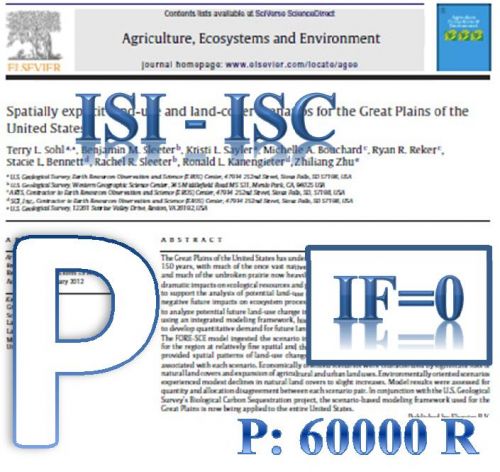Purpose: Some of the benefits of physical activity may result from effects on hemostasis. However, the increased burden of cardiovascular complications and sudden death occurring during and immediately after exercise prompts investigation to elucidate the biological relationship between physical exercise and hemostatic function. The aim of this study was to determine effects of one bout exhaustive aerobic exercise and resistance training on the clotting times in healthy young women student. Material: Thirty trained volunteer female students of physical education were selected objectively and availability. The subjects were randomly divided into two groups of aerobic (n=15) and resistance training (n=15). Aerobic group performed exhaustive workout program on treadmill intensity 65 to75% Vo2max on treadmill. The resistance group completed three sets of 5-7 repetitions of six exercises at an intensity corresponding to 80% of 1RM. Following 12 to 14 hours of nightly fasting, venous blood samples (5 cc) were collected pre, immediately after exercise and after 60 min of recovery and analyzed for Prothrombin Time (PT) and Activated Partial Thromboplastin Time (aPTT) times. Participants were matched according to anthropometric measurements, age and Vo2max. Hypothesizes were tested by using independent t, repeated measures and post-hoc test (p≤0.05). Results: One bout of the exhaustive aerobic exercise and resistance training caused significantly shortening in PT (p<0.001) and aPTT (p=0.006, p<0.001 respectively) times at immediately after exercise. Also aPTT (p=0.005, p<0.001 respectively) times significantly increased after recovery in comparison with baseline levels in two groups. No significantly differences observed in PT and aPTT between two groups in all stages. The results show that exhaustive aerobic exercise and resistance training lead to mild and transit increase in coagulation system and induced shortening clotting times. Exercise-related hypercoagulability is mainly due to an increase in coagulation factor VIII (FVIII) with no parallel alterations of other clotting factors. Conclusions: Similar to endurance exercise, FVIII activity raises following resistance exercise, and appears to be positively correlated with the volume of weight lifted. The ß-adrenergic pathway has been implicated as a possible pathway mediating an exercise- induced increase in FVIII and decease clotting time.
کلید واژگان :Clotting Time, Exercise Training, Prothrombin Time (PT), Activated Partial Thromboplastin Time (aPTT), Young Women Students.
ارزش ریالی : 1200000 ریال
با پرداخت الکترونیک
